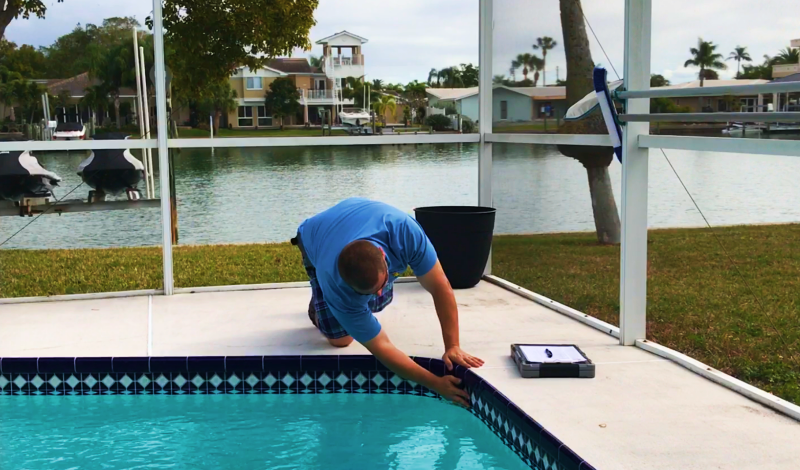Introduction
Ensuring the safety and cleanliness of public pools is of utmost importance in Kingston. The pool inspection process plays a vital role in achieving this goal. In this comprehensive guide, we will walk you through each step of the inspection process, providing you with an in-depth understanding of how Kingston authorities ensure pool safety regulations are met.
1. Initial Scheduling
Before conducting a pool inspection, the first step is to schedule the inspection appointment. Pool owners are required to contact the local health department or relevant regulatory authorities to request an inspection. Upon receiving the request, authorities assign a designated inspector who will verify the compliance of the pool with necessary regulations.
2. Pre-Inspection Checklist
Prior to the actual pool inspection, the owner of the pool must complete a pre-inspection checklist provided by the authorities. This checklist includes specific criteria that the pool must meet to ensure public safety. It covers aspects such as the pool structure, safety measures, chemical levels, filtration system, and signage. The completion of the checklist helps streamline the inspection process.
3. On-Site Inspection
Once the pool owner has fulfilled the pre-inspection requirements, a designated inspector will visit the pool site for an on-site inspection. During this phase, the inspector will thoroughly assess various elements of the pool, including water quality, fencing, gates, pool equipment, decks, and chemical storage areas.
4. Pool Water Analysis
One vital aspect of the inspection process is conducting a detailed analysis of the pool water. The inspector will examine the chemical levels, such as chlorine and pH levels, to ensure they fall within the acceptable range for public health and safety. Additionally, the water will be checked for signs of contamination or clarity issues that may pose a risk to pool visitors.
5. Safety Measures Evaluation
The inspector will evaluate the safety measures put in place to protect pool users. This includes assessing the appropriate placement of life-saving equipment, such as ring buoys and safety ropes. The inspector will also examine the condition and functionality of diving boards, slides, and any other recreational equipment to ensure they meet safety standards.
6. Structural Inspection
A crucial aspect of the pool inspection process is assessing the structural integrity of the pool itself. The inspector will inspect the pool walls, floor, and lining for any signs of cracks, leaks, or other damage that may compromise safety. Additionally, the pool’s surrounding area will be examined for any hazards, such as loose tiles or tripping hazards.
7. Filtration System Assessment
The pool’s filtration system plays a significant role in maintaining water quality. As part of the inspection process, the inspector will evaluate the effectiveness of the filtration system, checking for cleanliness and proper functioning. The filter, pump, and strainer will be examined to ensure they are in good condition, as malfunctioning equipment can lead to contaminated water.
8. Compliance Review
The inspector will review all the information collected during the inspection to determine whether the pool is compliant with local regulations. This includes verifying that safety signage is prominently displayed, that water quality meets standards, that safety measures are in place, and that there are no structural or equipment deficiencies.
9. Inspection Report and Recommendations
After completing the inspection, the inspector will prepare a detailed report outlining their findings. The report will include any recommendations for improving safety compliance, such as repairs, equipment upgrades, or additional training for staff. Pool owners will receive a copy of the report, along with instructions for correcting any identified deficiencies.
10. Re-Inspection Process
If any deficiencies are found during the initial inspection, the pool owner will be required to address them before being granted certification. A re-inspection is conducted to ensure that the necessary improvements have been made and that the pool now meets all safety requirements. Once the re-inspection is passed successfully, the pool owner will receive certification indicating compliance.
Conclusion
The pool inspection process in Kingston is a comprehensive procedure designed to guarantee the safety and well-being of individuals utilizing public pools. From the initial scheduling to the re-inspection process, each step ensures that pool owners maintain the necessary standards to offer a secure and enjoyable swimming experience. By adhering to these inspections, Kingston authorities are able to protect the community and maintain high-quality pool facilities.

